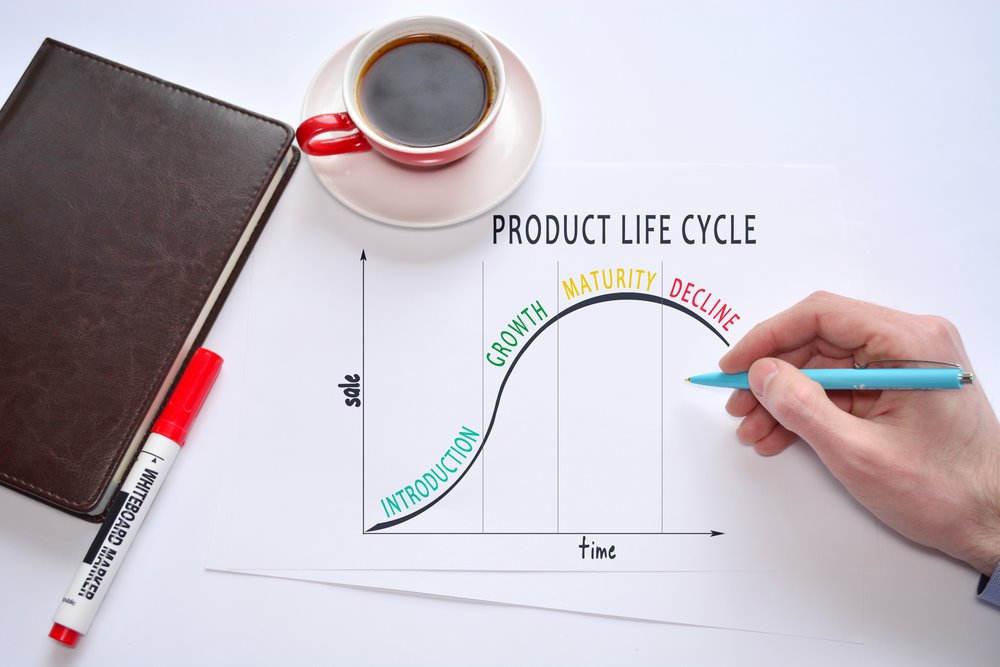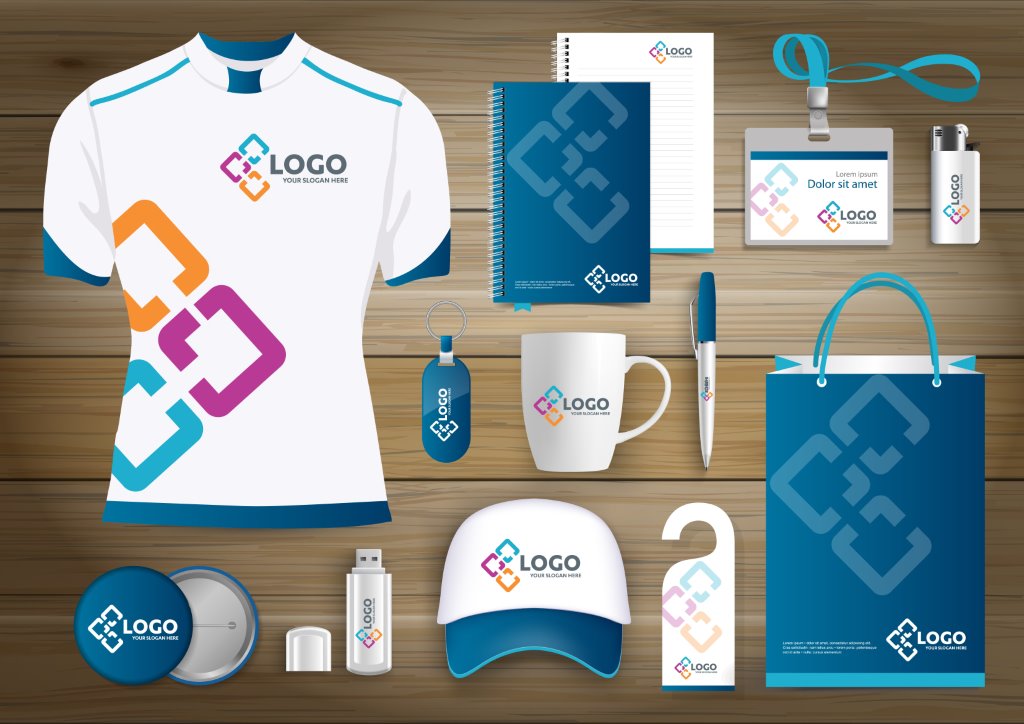 As retail store customers, we are all used to seeing the decorations and advertising materials in the retail stores changing with the holidays and the seasons. But as CPG branded product producers ourselves, we were surprised at how much effort and forethought seasonal selling really entailed. If you have a great idea for a consumer packaged product that you like to sell in the stores, listen up because this is for you.
As retail store customers, we are all used to seeing the decorations and advertising materials in the retail stores changing with the holidays and the seasons. But as CPG branded product producers ourselves, we were surprised at how much effort and forethought seasonal selling really entailed. If you have a great idea for a consumer packaged product that you like to sell in the stores, listen up because this is for you.
As we begin the new year, we should realize that the selling calendar ahead is really broken down into nine or more distinct selling periods. Each one has its own characteristics. If your marketing materials enhance those different themes, you will have a much better chance of getting your products into those coveted floor displays.
Why? Because the retailer is not just moving products. The retailer is competing to create a compelling shopping experience for his customers. When you help him achieve that goal, your brand and your products will be favored for ads and displays.
Of course, you will have to solicit them well in advance – like 6-9 months in advance! In fact if you really want to play it safe, ask for the displays and show what you are going to do to help decorate their store as much as a year in advance. We got so far out in front of the calendar, it was like, “Oh, is it Easter already?” Because we’d already lived out Easter back in September. Seems pretty crazy, but that’s how you have to think when it comes to seasonal selling.
Here are nine main selling seasons – within them are special events and lesser holidays which can also sport specifically designed retail marketing materials:
- Martin Luther King Day
This starts the day after New Year’s and runs through the Martin Luther King Day three-day weekend. It’s Winter-themed and is the first holiday after Christmas and New Year’s. Most stores use this time to unload excess inventory they took on for the holidays. This is a relatively short, two-week selling period often overlooked by CPG brand builders.
- Valentines – Presidents’ Day
Valentine’s Day usually falls close to the Presidents’ Day three-day weekend. The selling period starts on the day after the observance of Martin Luther King Day and runs about a month into mid-February. This is a great time to promote romance and all that supports it. Think red roses, chocolates, and travel.
- St Pat’s – Easter
When Easter is early, it can get blended into the St. Patrick’s Day selling season. When Easter is late, St. Patrick’s Day becomes separate selling season with its own very green and Irish personality. So depending upon how it falls in relationship to Easter, you can either have one or two distinctly themed selling seasons. This is the best time to introduce new products and line extensions. Buyers and customers are looking for what’s new. Think Spring and new growth.
- Memorial Day
The selling period starts the day after Easter and runs until the end of May. Depending upon how Easter falls, this can be a relatively long selling period. It’s also the first holiday of Summer even though it falls in the spring. Products that favor the outdoors will do well to jump on this holiday
- Independence Day
The Independence Day selling starts the day after Memorial Day and runs through the 4thof July three-day weekend. This is a great time for patriotic regalia and trade dress. Picnics, barbecues, and all sorts of family outings are the theme.
- Labor Day
Beginning on the day after the Independence Day three-day weekend, it’s the last official holiday weekend of Summer. This is a traditional high volume weekend for CPG products and the last chance to embrace the outdoor theme.
- Halloween
Starting on the day after the Labor Day three-day weekend, it is the longest selling period of the year and can be broken up with other events and smaller holidays. This is the long backstretch of the seasonal selling calendar. Consumer Brand Builders would do well to develop imaginative display materials for this great opportunity to execute massive displays. Halloween is a Fall theme. Think orange, black, and creepy!
- Thanksgiving
The Thanksgiving Day selling period starts on the day after Halloween and depending upon when Thanksgiving falls, can be a relatively short or longer selling period. It’s important to check out the calendar well in advance to understand how long these selling periods are so you can plan accordingly. Every year is different. Thanksgiving is the first celebration of “The Holidays” and emphasizes food and family. It’s also the last holiday of the fall and the theme is harvest and family.
- Christmas, Hanukkah, Kwanzaa, and New Year’s
This is a relatively short selling season but represents the highest volume of sales in the calendar year. As a result, the competition for floorspace is terrific with reservations sometimes made as much is two years in advance. Most retailers want in-store demonstrations to help move display inventory that they allow. This is also a coveted time for displays that is earned with sales during the year.
Conclusion:
Study the calendar carefully. Develop colorful seasonally themed marketing materials. Get your reservations in early. And sell with the seasons. Seasonal selling made a big difference in our success and it can in yours! Happy New Year! Now get on it or you too may be saying, “Is it then already?”


